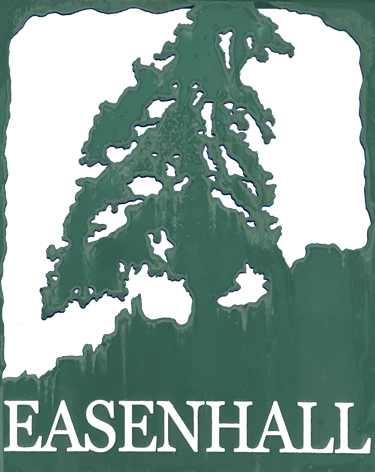
History
A potted history of Easenhall, Warwickshire
The hamlet of Easenhall was part of the manor of Newbold Revel, itself part of the land taken from the Saxon lord Leuvinus and given to Geoffrey de Wirce (or de Guerche) after the Norman Conquest. Geoffrey de Wirce gave to the French monastery of Anjou the church and some land in the English village of Chirchberye. The monks set up a cell, or alien priory, next to the renovated church and the village became Monks Kirby, the main Parish Church for many centuries until the 1920s.
Newbold Revel House in its present form was built for the Skipwith family at the beginning of the 18th century. In 1862 it was sold to Edward Wood who made alterations to the house and grounds. Easenhall (East of the hall?) was considerably changed at this time, when eight semi-detached cottages were built in Main Street to house estate workers and the pub façade was given bargeboards to match those houses. The architect was Joseph Goddard. Each house was provided with enough land to grow fruit and vegetables. Workmen from Newbold Revel came regularly to clip the holly hedge boundary to each garden. Several of the semi-detached Victorian houses in Main Street had monkey puzzle trees on their front lawns, popular at the time. Easenhall Lodge has a tall round tower attached where it’s understand a lookout could be kept for the carriage coming from the big house, so that the gate could be opened without delay.
Colonel Arthur Heath owned Newbold Revel including Easenhall at the turn of the 20th century, and after his death in 1911 the property was bought by Leo Bonn, an Austrian banker, who lived there until his death. In 1920, after the Great War, Leo Bonn gifted the whole estate, including the farms and local villages, to his son Major Walter Bonn who began to sell off some of the houses. After his father's death in 1929 he sold off the whole estate, farms and all the village houses.
